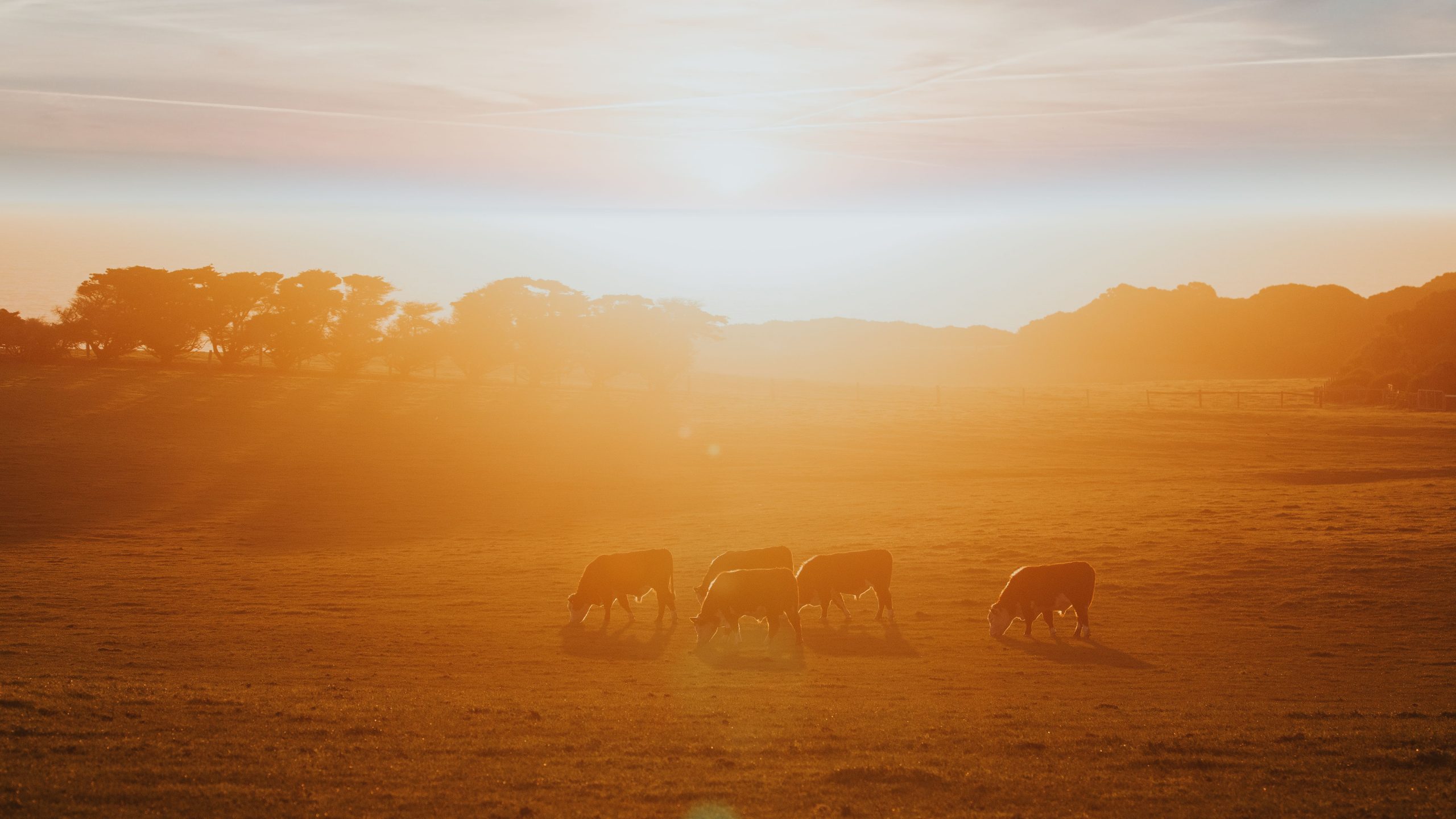TONGALA EXPANSION
Construction is well and truly underway for the redevelopment of our Tongala processing facility.
The new facility will feature state-of-the-art cattle yards, solar power, best-in-class water recycling, and infrastructure to accommodate increased carcase utilisation. The concrete foundations have been laid, and walls are currently being erected. We anticipate the new plant will be complete by the end of this year.
The revamped plant will offer new opportunities for producers in western and northern Victoria, southern New South Wales and South Australia to supply high-value program cattle. Contact your local cattle buyer today to discuss your options.
MARKET NEWS
USA NEVER EVER MARKET
We’ve seen a slight softening of the premium market in light of lifting interest rates, which will be a common theme across all international and domestic markets. For now, restaurant demand remains strong, but the retail sector is starting to push back on high prices as living costs continue to rise, and we expect to see a similar response from restaurants in the coming months. Under the current supply conditions prices are holding up however this could shift when we see an influx of cattle in the summer months.
USA 90CL MARKET
Significant drought conditions in north America have resulted in a mass cull of breeding cows, which has led to a surge of 90CL trim flooding the US domestic market. Consequently, commodity market prices have softened by about 15% over the past few months.
It’s still an unknown how long the current cow cull will last.
KOREA
The chilled market is currently very soft. A lot of the product arriving on Korean shores is being frozen down for later use, which has negatively impacted demand for volume and prices for new shipments. We will start to feel the pinch on high-quality grain and grassfed lines going into hypermarkets for typical Korean cuts like flap meat.
Our last Korean update was largely positive with strong demand and prices, however that turned on a dime as the rising cost of living, lingering impacts of COVID-19, and a period of over-ordering has left the market saturated.
DOMESTIC MARKET
With rising interest rates and the ever-increasing cost of living, there has been a noticeable shift in consumers buying mince and lower quality cuts in place of steak and grilling cuts. While this trend is seasonal as we usually see a move towards roasting cuts and mince during winter, this year is magnified. In terms of supply, the forecast for summer is positive, but demand is unpredictable as people tighten their purse strings.
HALAL CERTIFICATION
Over the past two years we have taken steps to attain Halal certification for all three processing facilities in Smithton, Moe and Tongala. This certification will support us to promote our brands in the United Arab Emirates (UAE), Saudi Arabia and Qatar, which are relatively new markets for us. Our goal is to position our brands on menu, particularly in Qatar ahead of the soccer world cup in November.
Saudi Arabia is in the midst of a big shift towards western-style dining, with local demand growing for high-quality grain and grassfed beef.
Greater demand from these markets over the past six months has allowed us to move into some new distributors who haven’t seen our brands before, solidifying those relationships ahead of the world cup.
Opening ourselves up to as many high-value markets as possible maximises our ability to buy more cattle and return greater value to our cattle suppliers.
PORT CONGESTION
Port congestion remains an ongoing issue around the world. For the past 12 months, we’ve seen build-ups of vessels in different parts of the world and tight container supply, which is likely to extend beyond 2022 in the wake of the Shanghai lockdown.
We are seeing significant delays of 25 days or more when exporting product to the west coast of America, which is restricting our ability to trade there with some short shelf-life items. The east coast has improved but in general there is a lot of product waiting in freezers, which puts pressure on their ability to clear product quickly. Backed up freezers linked to a saturated commodity market has meant grinders are leaning on readily available fresh meat as a preference, while imported meat sits in freezers waiting for prices to correct.














